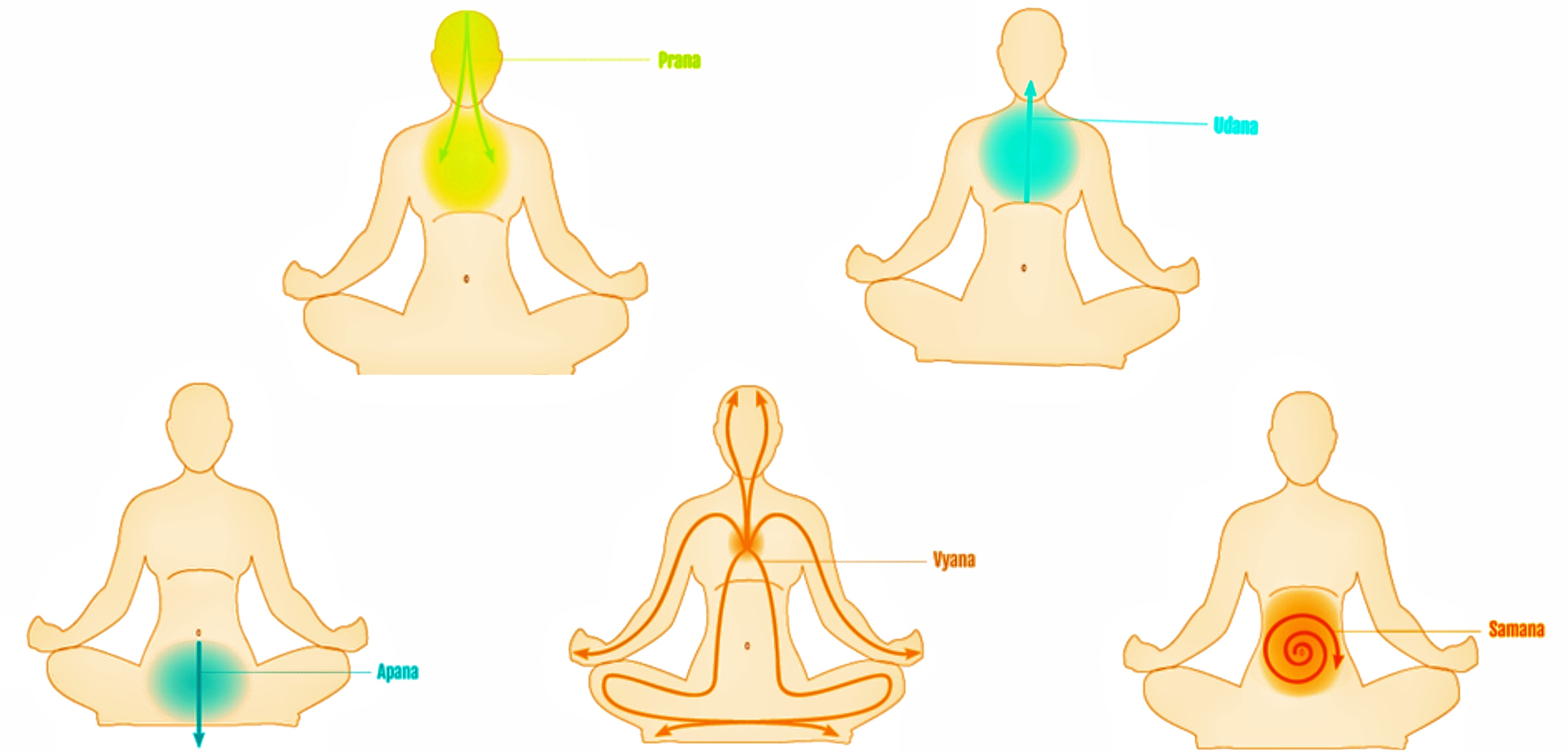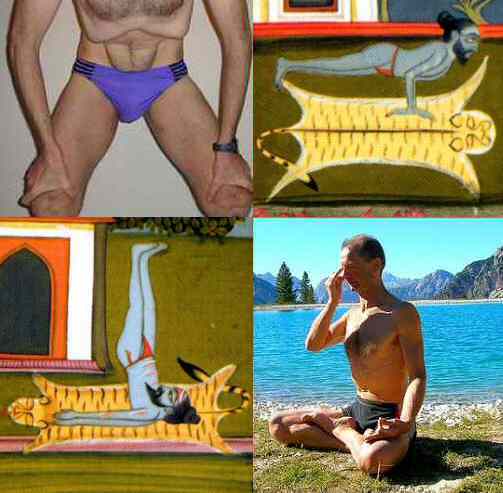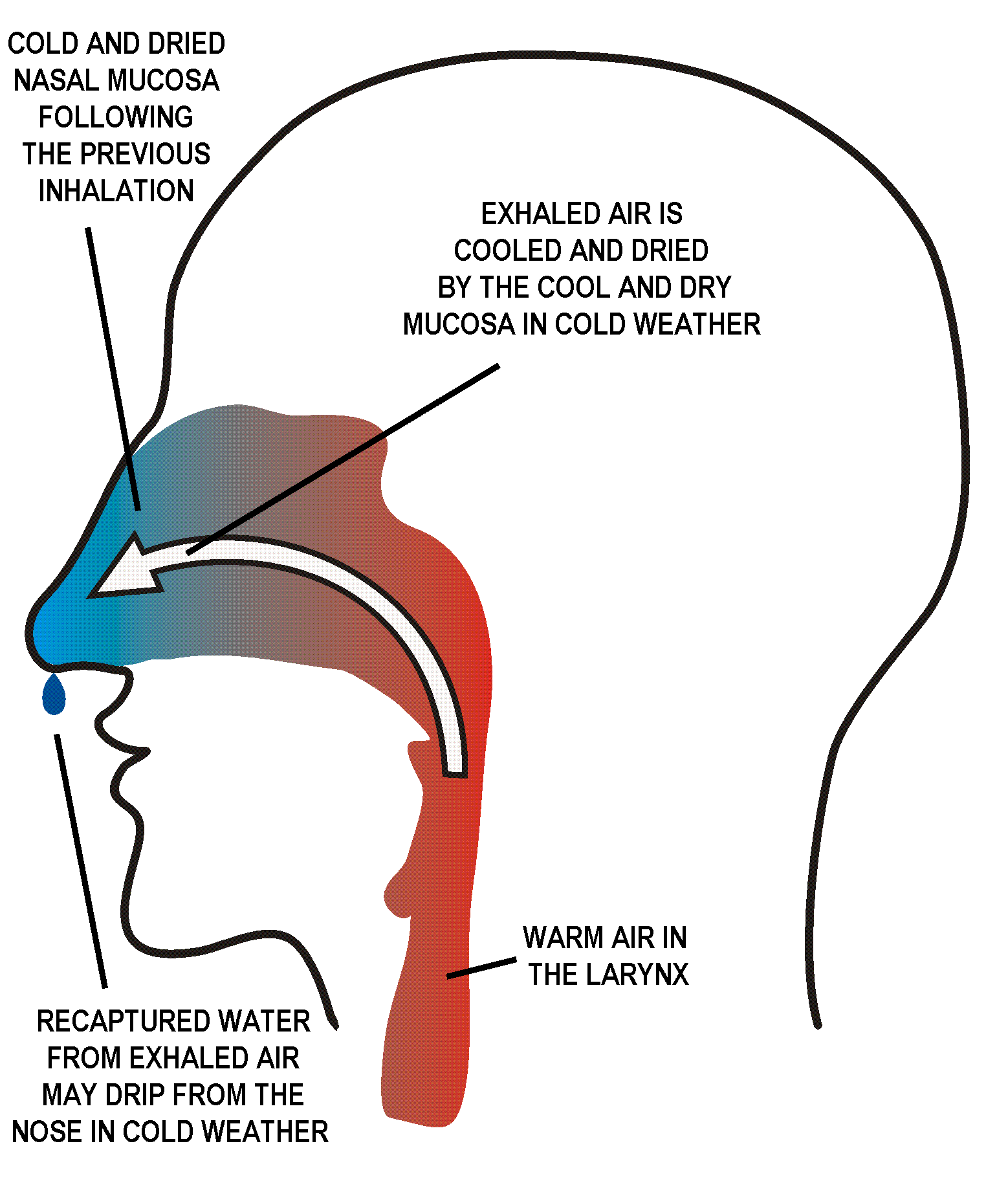|
Prana
In yoga, Ayurveda, and Indian martial arts, prana (, ; the Sanskrit word for breath, " life force", or "vital principle") permeates reality on all levels including inanimate objects. In Hindu literature, prāṇa is sometimes described as originating from the Sun and connecting the elements. Five types of prāṇa, collectively known as the five '' vāyus'' ("winds"), are described in Hindu texts. Ayurveda, tantra and Tibetan medicine all describe ''prāṇa vāyu'' as the basic vāyu from which the other vāyus arise. Prana is divided into ten main functions: The five Pranas – Prana, Apana, Udana, Vyana and Samana – and the five Upa-Pranas – Naga, Kurma, Devadatta, Krikala and Dhananjaya. Pranayama, one of the eight limbs of yoga, is intended to expand conscious awareness of prana. Etymology V.S. Apte provides fourteen different meanings for the Sanskrit word ' () including breath or respiration; the breath of life, vital air, principle of life (usually plural ... [...More Info...] [...Related Items...] OR: [Wikipedia] [Google] [Baidu] |
Pranayama
Pranayama (Sanskrit: प्राणायाम, "Prāṇāyāma") is the yogic practice of focusing on breath. In classical yoga, the breath is associated with '' prana'', thus, pranayama is a means to elevate the ''prana-shakti'', or life energies. Pranayama is described in Hindu texts such as the ''Bhagavad Gita'' and the ''Yoga Sutras of Patanjali''. Later, in Hatha yoga texts, it meant the complete suspension of breathing. The pranayama practices in modern yoga as exercise differ from those of the Hatha yoga tradition, often using the breath in synchrony with movements. Etymology ''Prāṇāyāma'' (Devanagari: ') is a Sanskrit compound. It is defined variously by different authors. Macdonell gives the etymology as prana ('), breath, + ''āyāma'' and defines it as the suspension of breath. Monier-Williams defines the compound ' as "of the three 'breath-exercises' performed during (''See'' ', ', '". Monier-Williams, p706, left column./ref> This technical defi ... [...More Info...] [...Related Items...] OR: [Wikipedia] [Google] [Baidu] |
Haṭha Yoga
Hatha yoga (; Sanskrit हठयोग, International Alphabet of Sanskrit Transliteration, IAST: ''haṭhayoga'') is a branch of yoga that uses physical techniques to try to preserve and channel vital force or energy. The Sanskrit word हठ ''haṭha'' literally means "force", alluding to a system of physical techniques. Some hatha yoga style techniques can be traced back at least to the 1st-century CE, in texts such as the Hindu Itihasa, Sanskrit epics and Buddhism's Pali canon. The oldest dated text so far found to describe hatha yoga, the 11th-century ''Amritasiddhi, Amṛtasiddhi'', comes from a Tantra, tantric Buddhist milieu. The oldest texts to use the terminology of ''hatha'' are also Vajrayana Buddhist. Hindu hatha yoga texts appear from the 11th century onward. Some of the early hatha yoga texts (11th-13th c.) describe methods to raise and conserve bindu (vital force, that is, semen, and in women ''rajas –'' menstrual fluid). This was seen as the physical esse ... [...More Info...] [...Related Items...] OR: [Wikipedia] [Google] [Baidu] |
Energy (esotericism)
Proponents and practitioners of various esoteric forms of spirituality and alternative medicine refer to a variety of claimed experiences and phenomena as being due to "energy" or "force" that defy measurement or experimentation, and thus are distinct from uses of the term "energy" in science. Claims related to energy therapies are most often anecdotal, rather than being based on repeatable empirical evidence, thus not following the scientific method. There is no scientific evidence for the existence of such energy, and physics educators criticize the use of the term "energy" to describe ideas in esotericism and spirituality as unavoidably confusing. History The concept of esoteric energy has appeared in various cultures and spiritual traditions throughout history. Although interpretations differ, many traditions describe it as a vital force that animates living beings and permeates the cosmos. These ideas often overlap with religious, medical, and mystical frameworks, inf ... [...More Info...] [...Related Items...] OR: [Wikipedia] [Google] [Baidu] |
Tantra
Tantra (; ) is an esoteric yogic tradition that developed on the India, Indian subcontinent beginning in the middle of the 1st millennium CE, first within Shaivism and later in Buddhism. The term ''tantra'', in the Greater India, Indian traditions, also means any systematic broadly applicable "text, theory, system, method, instrument, technique or practice". A key feature of these traditions is the use of mantras, and thus they are commonly referred to as Mantramārga ("Path of Mantra") in Hinduism or Mantrayāna ("Mantra Vehicle") and Guhyamantra ("Secret Mantra") in Buddhism. In Buddhism, the Vajrayana traditions are known for tantric ideas and practices, which are based on Indian Tantras (Buddhism), Buddhist Tantras. They include Tibetan Buddhism, Indo-Tibetan Buddhism, Chinese Esoteric Buddhism, Japanese Shingon Buddhism and Nepalese Newar Buddhism. Although Southern Esoteric Buddhism does not directly reference the tantras, its practices and ideas parallel them. In Bud ... [...More Info...] [...Related Items...] OR: [Wikipedia] [Google] [Baidu] |
Vāyu
Vayu (; ), also known as Vata () and Pavana (), is the Hindu deities, Hindu god of the winds as well as the divine messenger of the gods. In the ''Vedic scriptures'', Vayu is an important deity and is closely associated with Indra, the king of gods. He is mentioned to be born from the breath of Supreme Being Vishvarupa, Vishvapurusha and also the first one to drink Soma (drink), Soma. The ''Upanishads'' praise him as ''Prana'' or 'life breath of the world'. In the later Hindu scriptures, he is described as a dikpala (one of the guardians of the direction), who looks over the north-west direction. The Hindu epics describe him as the father of the god Hanuman and Bhima. The followers of the 13th-century saint Madhva believe their guru as an avatar, incarnation of Vāyu. They worship the wind deity as Mukhyaprana () and consider him as the son of the god Vishnu. Connotations The word for air (classical element), air (''vāyu'') or wind (''pavana'') is one of the Classical eleme ... [...More Info...] [...Related Items...] OR: [Wikipedia] [Google] [Baidu] |
Yoga
Yoga (UK: , US: ; 'yoga' ; ) is a group of physical, mental, and spiritual practices or disciplines that originated with its own philosophy in ancient India, aimed at controlling body and mind to attain various salvation goals, as practiced in the Hindu, Jain, and Buddhist Buddhism, also known as Buddhadharma and Dharmavinaya, is an Indian religion and List of philosophies, philosophical tradition based on Pre-sectarian Buddhism, teachings attributed to the Buddha, a wandering teacher who lived in the 6th or ... traditions. Yoga may have pre-Vedic period, Vedic origins, but is first attested in the early first millennium BCE. It developed as various traditions in the eastern Ganges basin drew from a common body of practices, including Vedas, Vedic elements. Yoga-like practices are mentioned in the ''Rigveda'' and a number of early Upanishads, but systematic yoga concepts emerge during the fifth and sixth centuries BCE in ancient India's sannyasa, ascetic and ... [...More Info...] [...Related Items...] OR: [Wikipedia] [Google] [Baidu] |
Breath
Breathing (spiration or ventilation) is the neuroscience of rhythm, rhythmical process of moving air into (inhalation) and out of (exhalation) the lungs to facilitate gas exchange with the Milieu intérieur, internal environment, mostly to flush out carbon dioxide and bring in oxygen. All Aerobic respiration, aerobic creatures need oxygen for cellular respiration, which extracts energy from the reaction of oxygen with molecules derived from food and produces carbon dioxide as a Waste, waste product. Breathing, or external respiration, brings Atmosphere of Earth, air into the lungs where gas exchange takes place in the Pulmonary alveolus, alveoli through diffusion. The body's circulatory system transports these gases to and from the cells, where cellular Respiration (physiology), respiration takes place. The breathing of all vertebrates with lungs consists of repetitive cycles of inhalation and exhalation through a highly branched system of tubes or Respiratory tract, airways w ... [...More Info...] [...Related Items...] OR: [Wikipedia] [Google] [Baidu] |
Eight Limbs Of Yoga
Ashtanga yoga (, "eight limbs of yoga") is Pātañjali's classification of classical yoga, as set out in his '' Yoga Sūtras''. He defined the eight limbs as ''yama'' (abstinences), '' niyama'' (observances), '' āsana'' (postures), '' prāṇāyāma'' (breath control), ''pratyāhāra'' (withdrawal of the senses), '' dhāraṇā'' (concentration), '' dhyāna'' (meditation), and ''samādhi'' (absorption). The eight limbs form a sequence from the outer to the inner. The posture, asana, must be steady and comfortable for a long time, in order for the yogi to practice the limbs from '' prāṇāyāma'' until ''samādhi''. The main aim is ''kaivalya'', discernment of '' Puruṣa'', the witness-conscious, as separate from ''Prakṛti'', the cognitive apparatus, and disentanglement of ''Puruṣa'' from its muddled defilements. Definition of yoga Pātañjali begins his treatise on yoga (1st–3rd century CE) by stating the purpose of his book in the first sutra, followed by defi ... [...More Info...] [...Related Items...] OR: [Wikipedia] [Google] [Baidu] |
Breathing
Breathing (spiration or ventilation) is the rhythmical process of moving air into ( inhalation) and out of ( exhalation) the lungs to facilitate gas exchange with the internal environment, mostly to flush out carbon dioxide and bring in oxygen. All aerobic creatures need oxygen for cellular respiration, which extracts energy from the reaction of oxygen with molecules derived from food and produces carbon dioxide as a waste product. Breathing, or external respiration, brings air into the lungs where gas exchange takes place in the alveoli through diffusion. The body's circulatory system transports these gases to and from the cells, where cellular respiration takes place. The breathing of all vertebrates with lungs consists of repetitive cycles of inhalation and exhalation through a highly branched system of tubes or airways which lead from the nose to the alveoli. The number of respiratory cycles per minute is the breathing or respiratory rate, and is one of the fou ... [...More Info...] [...Related Items...] OR: [Wikipedia] [Google] [Baidu] |
Prashna Upanishad
The Prashna Upanishad (, ) is an ancient Sanskrit text, embedded inside Atharva Veda, ascribed to ''Pippalada'' sakha of Vedic scholars. It is a Mukhya (primary) Upanishad, and is listed as number 4 in the Muktika canon of 108 Upanishads of Hinduism. The Prashna Upanishad contains six ''Prashna'' (questions), with each chapter discussing the answers.Robert HumePrasna Upanishad Thirteen Principal Upanishads, Oxford University Press, pages 378-390 The chapters end with the phrase, ''prasnaprativakanam'', which literally means, "thus ends the answer to the question". In some manuscripts discovered in India, the Upanishad is divided into three ''Adhyayas'' (chapters) with a total of six ''Kandikas'' (कण्डिका, short sections).Raksha BandhanRaksha BandhanBibliotheca Indica, Vol. XV, No. 41 and 50, Asiatic Society of Bengal, pages 119-141 The first three questions are profound metaphysical questions but, states Eduard Roer, do not contain any defined, philosophical answe ... [...More Info...] [...Related Items...] OR: [Wikipedia] [Google] [Baidu] |
Chandogya Upanishad
The ''Chandogya Upanishad'' (Sanskrit: , IAST: ''Chāndogyopaniṣad'') is a Sanskrit text embedded in the Chandogya Brahmana of the Sama Veda of Hinduism.Patrick Olivelle (2014), ''The Early Upanishads'', Oxford University Press; , pp. 166-169 It is one of the oldest Upanishads. In the Muktika canon of 108 Upanishads, it is listed as the ninth. The Upanishad belongs to the ''Tandya'' school of the Samaveda. Like ''Brihadaranyaka Upanishad'', the Chandogya is an anthology of texts that must have pre-existed as separate texts, and were edited into a larger text by one or more ancient Indian scholars. The precise chronology of ''Chandogya Upanishad'' is uncertain, and it is variously dated to have been composed by the 8th to 6th century BCE in India. As one of the most extensive Upanishadic compilations, it comprises eight ''Prapathakas'' (literally 'lectures' or 'chapters'), each divided into multiple sections containing numerous verses. The volumes include a diverse array of ... [...More Info...] [...Related Items...] OR: [Wikipedia] [Google] [Baidu] |








